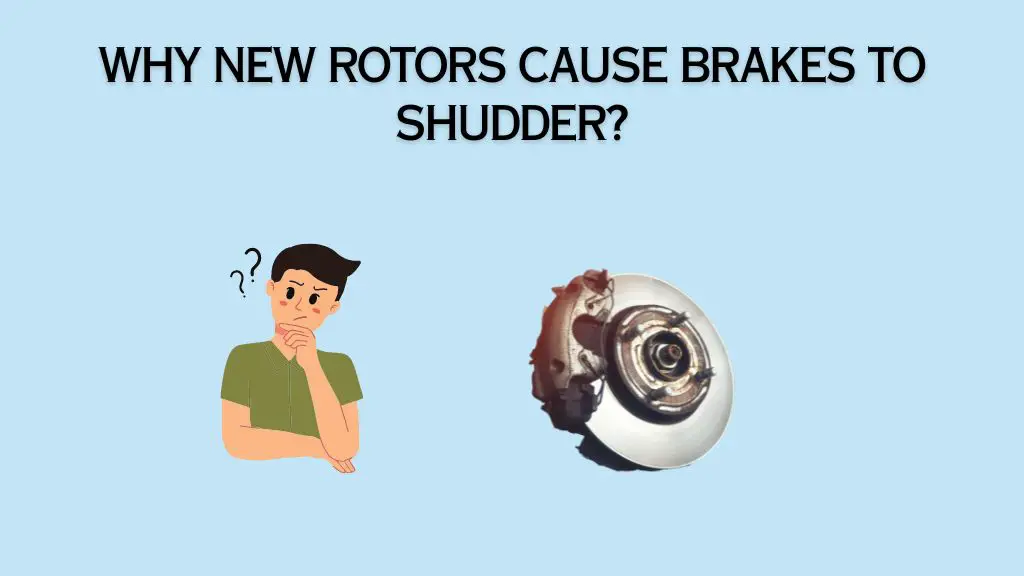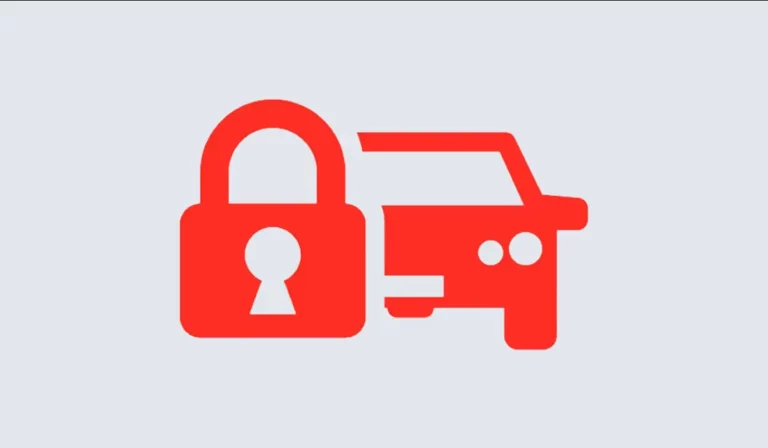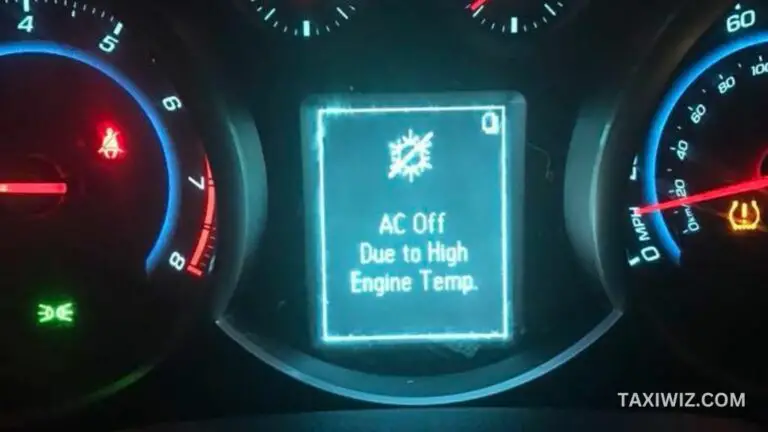Brake Shudder After New Rotors And Pads [ Cause + Fix]
Drivers often go through a weird experience after replacing the rotors and pads. Many people find their vehicle vibrating whenever they apply the brakes after making the switch.
The most common reasons why a car Brake Shudder After New Rotors And Pads are as follows;
- Unclean brake rotors
- Faulty rotors
- Improper wheel bearing placement
- Spillage of brake oil
This article will explore the general reasons behind why a car brake might shudder, information regarding installing a new part, and how to stop the shuddering.
Why New Rotors Cause Brakes to Shudder?

New rotors can often cause the brakes to shudder due to inefficiencies on their parts. Another plausible reason can be due to the component being defective.
Below are the most common reasons why brakes start to shudder once you install new rotors. Keep on reading to learn how to make a smooth and accurate diagnosis.
1. Overheating
Motor brakes are often at the risk of shuddering due to the rotor experiencing heat scores.
Continuous usage can cause its temperature to rise and result in overheating if the heat levels exceed its tolerance threshold.
An easy way to diagnose rotor temperature spikes is by checking for discoloration. If you notice patches of the original paint coming off of its body, then it’s a sign that the part requires cooling.
2. Gouges on the Body
Rotors can often start to underperform if it’s gouged, resulting in the engine shuddering. Rough use and careless handling of the car often cause it. Oftentimes it can happen while trying to fit it into the vehicle without proper knowledge of handling car parts.
Improper installation of the rotor can lead to it clashing with the surrounding parts, leading to its gouging. Gouged rotors are easily identifiable from the streak on their body due to constantly bumping into other components.
3. Pitted Rotor
Manufacturing malpractices can lead to a plethora of inefficiencies developing on the rotor. The component becomes pitted if careless metal casting is used in its production process.
If the manufacturer pours metal at a faster-than-permitted rate while casting, gas bubbles will form and create voids on the rotor. An easy way to know if the component is pitted is by checking for tiny dots on its body.
Pitted rotors can’t perform at optimum levels, which adversely affects the engine. Thus, the component starts to shudder when driving for too long.
4. Brake Caliper Pistons Getting Damaged
It’s impossible to have the brake or the rotor function smoothly if the brake calipers aren’t at an optimum level. This part is vital for ensuring the brakes exert enough pressure on the tires by making the brake pads come in contact with the rotor.
If the brake caliper sustains any damage, it can’t move around properly. Thus, it can’t bring the brake pads away from the rotor. An immediate change is necessary in that case. Otherwise, it poses the risk of other components of the car wearing out.
5. Frozen Brake Calipers
Brake calipers can often start malfunctioning due to a lack of proper maintenance. The most common scenario would be the part freezing up due to a lack of lubricant, build-up of debris, or corrosion.
If the brake calipers freeze up, then the brakes can start shuddering despite having new rotors fitted. Letting this issue persist can lead to the engine and rotors wearing out.
Therefore, the brake calipers must remain lubricated to avoid this situation.
Read also: Car’s Brake Light Stuck in Socket?
Why Brakes Might Shake After Getting New Pads?
Production defects, installation mishaps, and external complications are the main reason behind the brakes shuddering after getting new pads. Keep on reading to learn about the probable causes in-depth.
1. Packaging Issues
There is a probable chance of mishandling with the new pads that are fitted into the car. Although manufacturers strive to ensure they are properly greased to avoid rusting, some units might receive little or no lubrication.
If the new pads do not receive sufficient greasing before packaging, they can start getting rigid once fitted into the car.
This issue will cause a drop in its performance, causing the engine to shudder once the vehicle becomes active.
2. Improper Installation
One of the major issues of trying to install new pads by oneself is the risk of improperly connecting them to the car. This component requires firm fitting with the adjoining components for it to function properly.
Loosely fit pads can cause the vehicle’s engine to start shaking even if they are brand-new. Not securing it right away can lead to the component bumping into other parts, thus damaging them alongside itself.
3. Dirty Flange
The flange is connected to a car’s brake rotor and creates a proper pipeline throughout the car’s interior. It requires occasional cleaning for it to function smoothly.
Installing a new pad can cause dust from the old one to settle on the flange, causing it to malfunction and making the engine shudder.
Ensure that this part and other adjoining components are clean after setting up the pad to avoid this problem.
4. Improper Positioning
Installing new pads is a sensitive task that requires a lot of precision to complete properly. Not positioning it properly can lead to the component causing the engine to shudder horribly once the car starts.
Inappropriate placement of new pads on either side can lead to the chances of accidents increasing drastically too. Therefore, it’s best to check properly if it’s placed in the exact spot to avoid any hassle.
Read also: Car Shuts Off When Brakes Are Pressed
How to Stop Brakes from Shuddering?

Among the options available for preventing a brake from shuddering, the quickest and most convenient one is to purchase new brake pad sets. A replacement is a must if you plan on using new rotors in your car.
Only changing the rotors and using the old pads will cause the engine’s shuddering to persist. It’s important to keep in mind that the friction by heat generation mainly causes the brake to shudder.
A car’s heat production relies significantly on how the car is driven. Therefore, it’s crucial to not overuse the car, mishandle it, or use low-quality brakes to avoid the car shuddering.
Read also: Brakes Locked Up While Parked
Ideal Time for Brake Pads and Rotor to Bend In
Allowing new rotors and brake pads to bend is a time-consuming and sensitive process. Accelerating the heating process will lead to the uneven transfer of film deposit.
It’s best for the car to travel 300-400 miles for the film to transfer properly.
Knowing about the car’s model and manufacturer is necessary to find out the optimum bending time for the brake pads and rotor. A proper transfer will lead to the car’s performance being boosted significantly.
Below is a well explained video about why do brakes and rotor make noise and how do you fix then, check out this.
FAQs
What is the most common reason for the brake shuddering?
Typically, a car’s brake starts shuddering when its disc becomes too thick over time. The discs become uneven and their friction is no longer parallel with each other, causing the brake to shudder.
What’s the reason behind brakes shuddering at high speeds?
Unparallel brake disc friction causes the vehicle to shudder. The condition worsens at high speeds as the velocity makes it difficult for the car to handle.
How does brake dust cause the engine to shudder?
Brake dust can often accumulate between the caliper piston and brake pads and mess up their performance. A common byproduct of this problem is the brake shuddering due to inefficiency.
Brake Shudder After New Rotors And Pads – Conclusion
Even the most experienced drivers tend to get baffled and confused when their car’s brake starts to shudder after buying new rotors and pads.
However, there’s nothing to worry about as the car is in no immediate danger.
Replacing the parts or securing the position of the rotor or pads can easily solve this scenario. Soon enough, you will be enjoying smooth and quiet rides while your vehicle speeds down the freeway.





